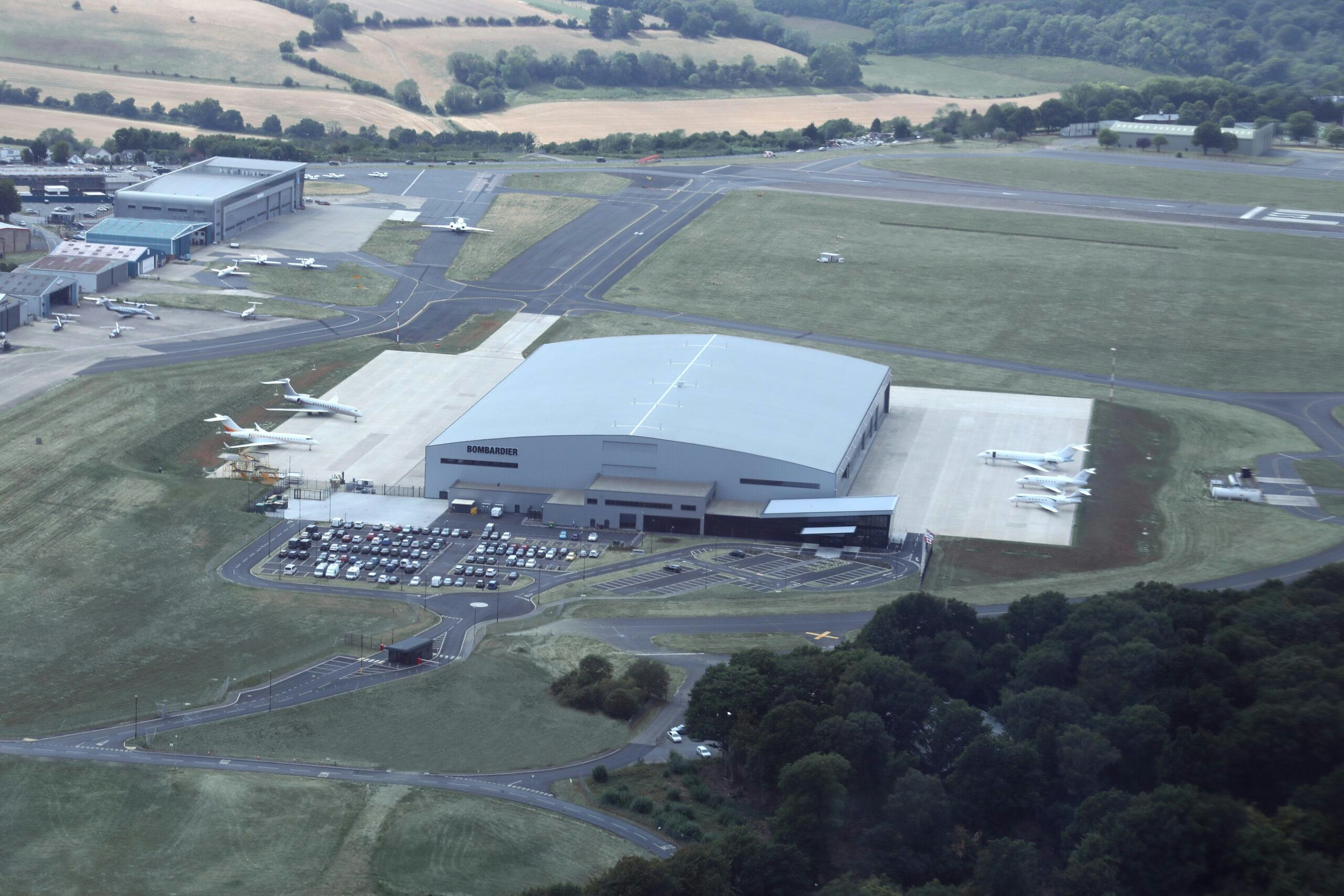現在のトレンド
FAA Expands Landing Gear Inspections Following Faulty Maintenance
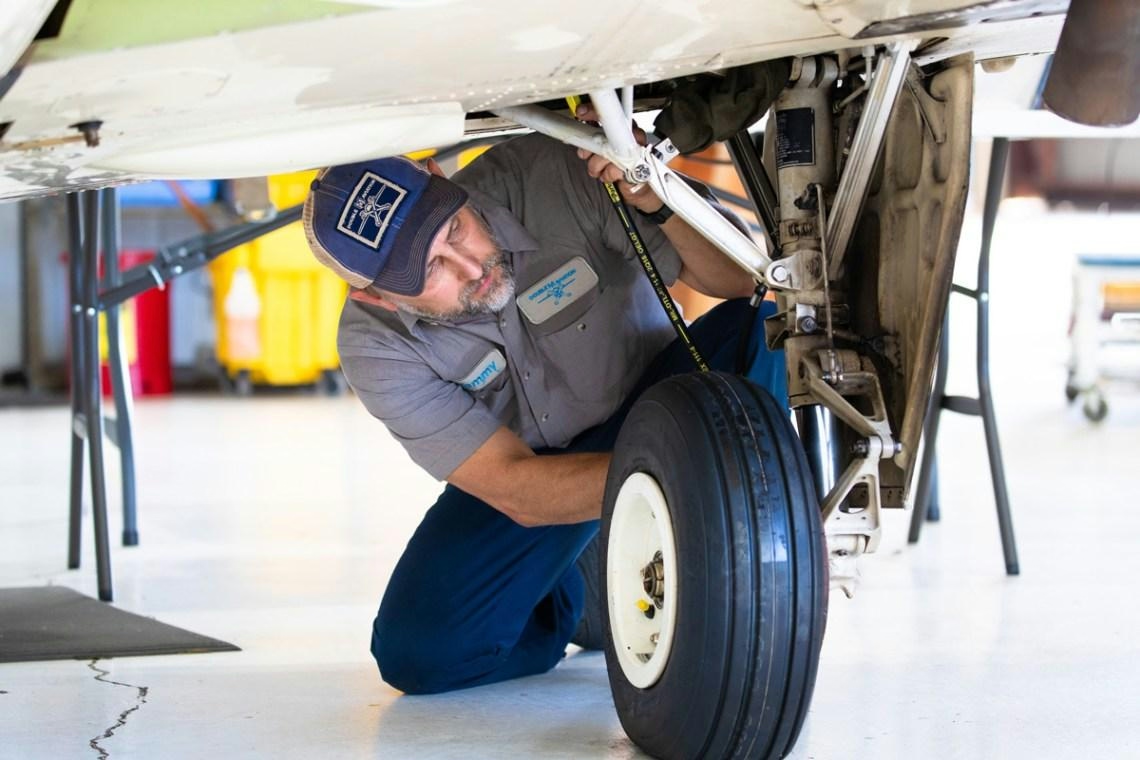
FAA Expands Landing Gear Inspections Following Faulty Maintenance
The Federal Aviation Administration (FAA) has announced a significant expansion of landing gear inspections across the United States commercial aviation sector. This decision follows the discovery of improper maintenance practices at several maintenance, repair, and overhaul (MRO) facilities. The FAA’s directive aims to strengthen safety standards and mitigate the risk of mechanical failures associated with inadequate servicing of critical aircraft components.
Enhanced Inspection Requirements and Industry Impact
Under the new regulations, airlines are mandated to perform more frequent and comprehensive inspections of landing gear systems. This increased level of scrutiny responds directly to recent findings that exposed lapses in maintenance protocols, raising serious concerns about the reliability and safety of essential aircraft systems. The FAA’s move underscores the agency’s commitment to ensuring the highest levels of operational safety within the national airspace.
Industry analysts predict that the expanded inspection requirements will lead to higher operational costs for airlines. Carriers will need to allocate additional resources to comply with the FAA’s stricter oversight, which may also result in extended maintenance times and potential delays in flight schedules. In response, airlines are expected to reassess and enhance their maintenance procedures to meet regulatory demands and avoid penalties.
Technological Advancements and Regulatory Oversight
The regulatory shift is accelerating the aviation sector’s focus on adopting advanced maintenance technologies and improving staff training. Many carriers are investing in automated inspection systems designed to increase efficiency and ensure consistent compliance with evolving safety standards. By integrating automation into their maintenance workflows, airlines aim to streamline regulatory adherence while maintaining rigorous safety protocols.
Market observers anticipate that the FAA’s expanded inspection regime will prompt heightened scrutiny of maintenance practices industry-wide. Airlines may seek to differentiate themselves by implementing best-in-class protocols and cutting-edge technologies, emphasizing safety and reliability as competitive advantages.
The FAA has reiterated that these measures form part of its ongoing commitment to passenger safety and the integrity of the national airspace system. The agency will continue to monitor maintenance operations closely and adjust regulatory requirements as necessary to address emerging risks.
As the aviation industry adapts to these enhanced inspection mandates, stakeholders remain attentive to the implications for operational efficiency, cost structures, and overall safety performance.
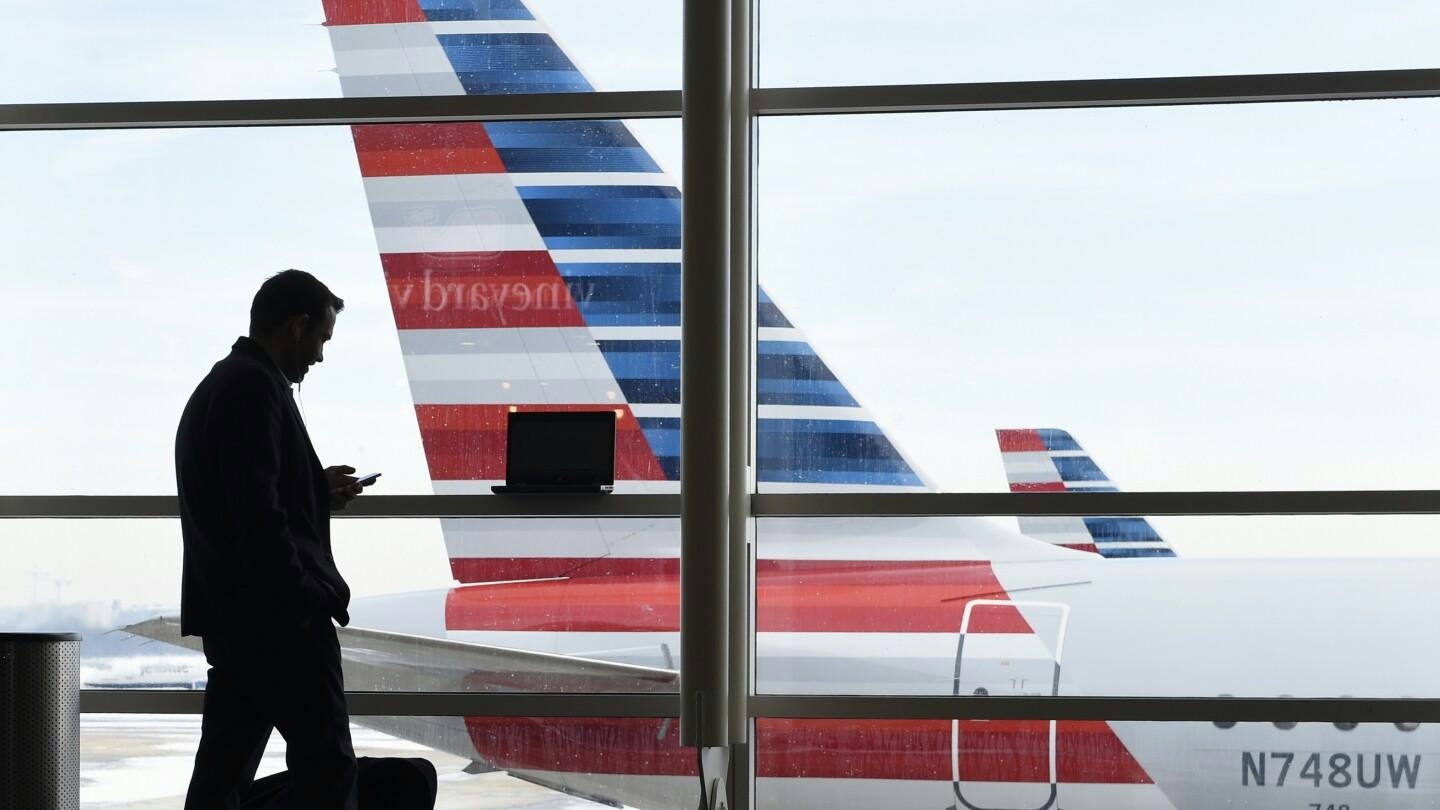
American Airlines Uses AI to Digitally Transform Travel
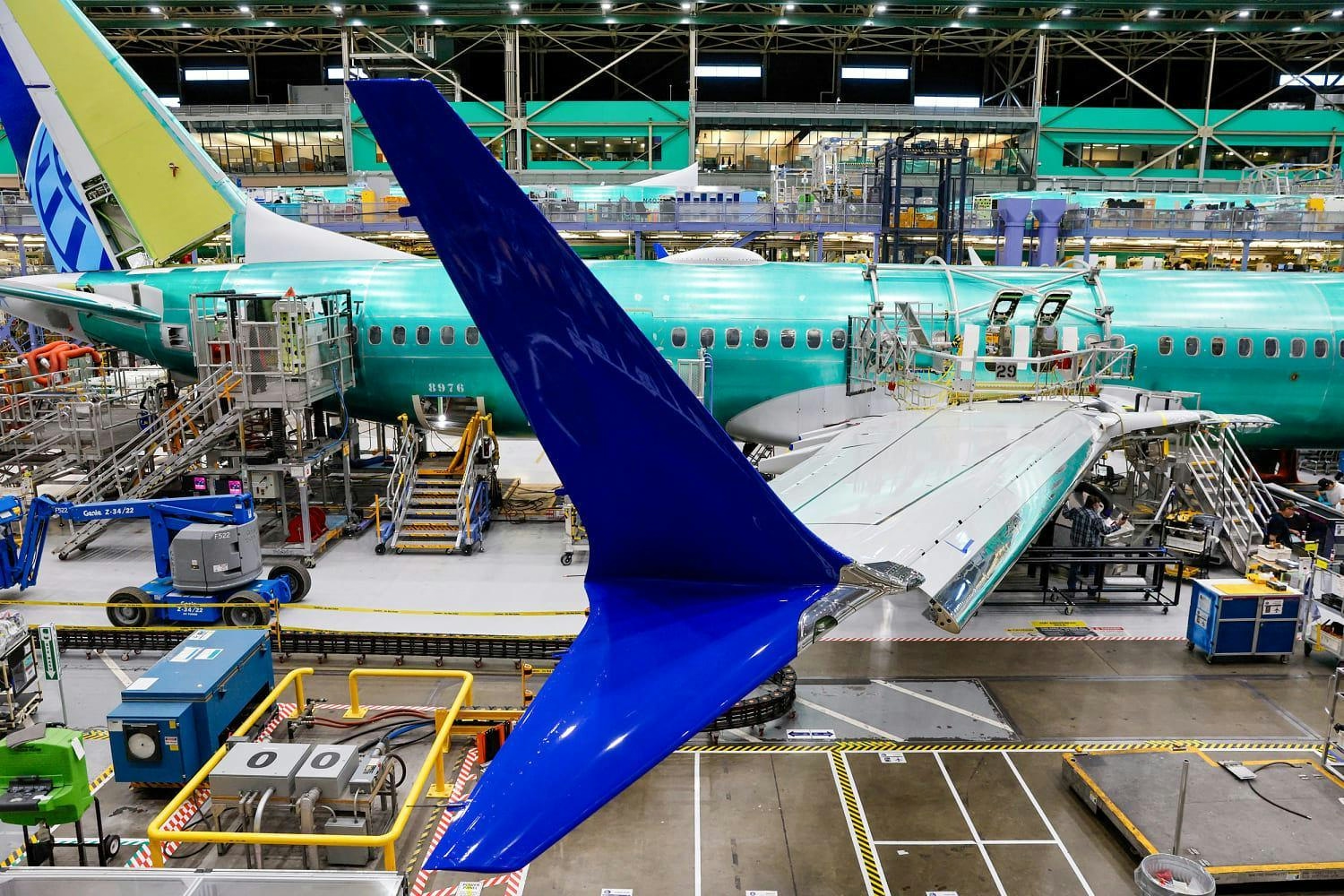
GE Aerospace and China Airlines Forge Strategic Partnership in Asia-Pacific Aviation
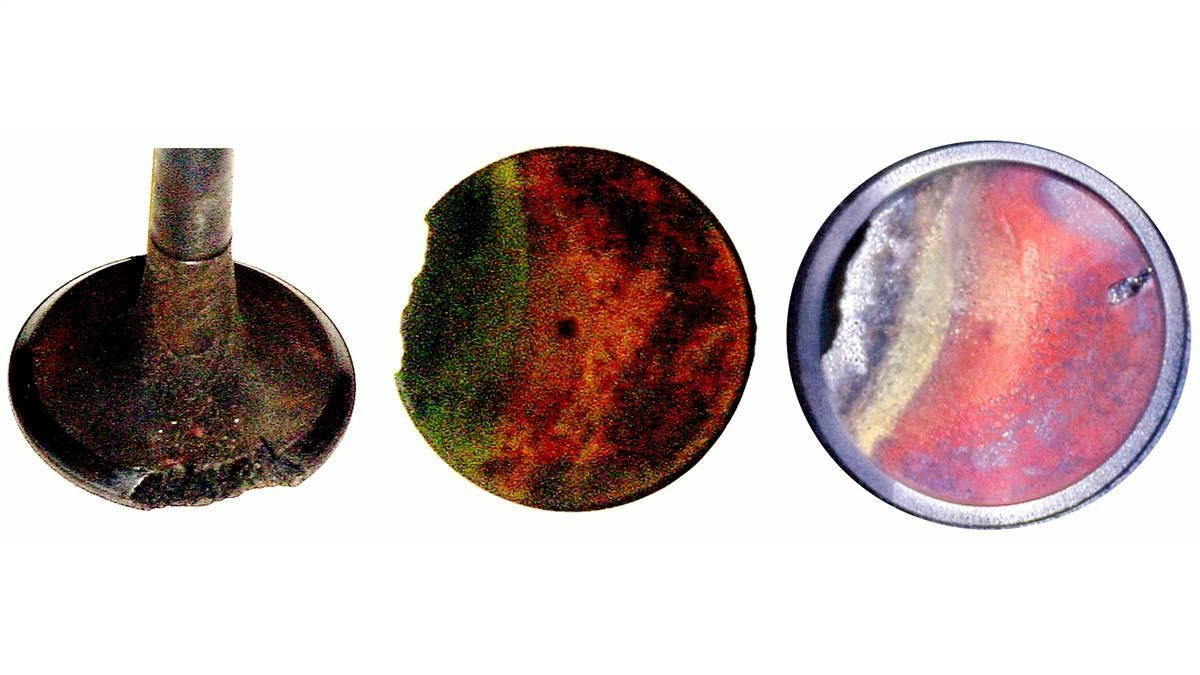
Ask Paul: Is This Engine at Risk of Failure?
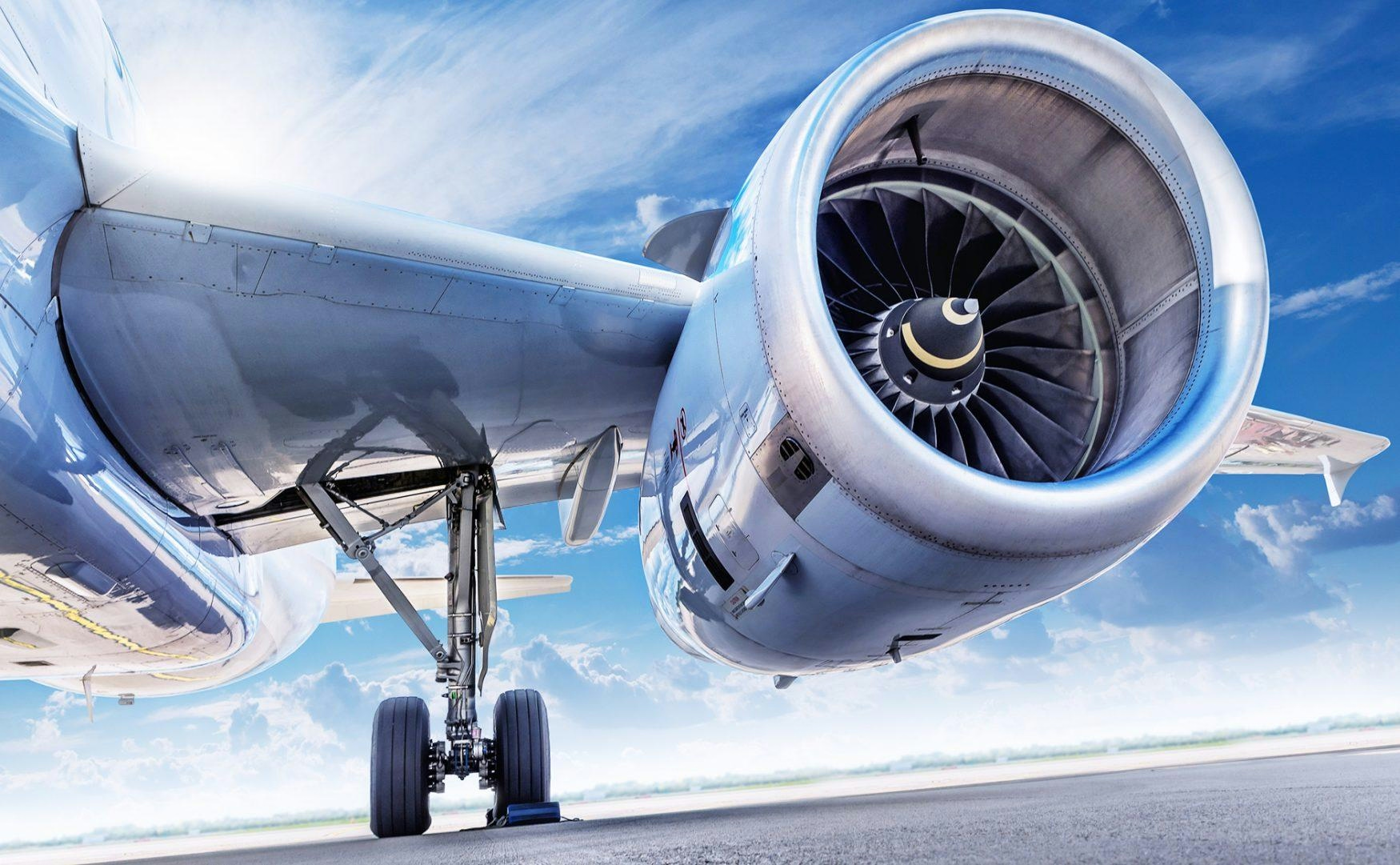
Spain, Belgium, and Hungary Advance Sustainable Aviation with Wizz Air’s SAF Trials

ACMI Operations in Africa: Key Takeaways from AviaDev Panel

Akasa Air Signs Three-Year Maintenance Agreement with GMR Aero Technic for Boeing 737 MAX Fleet
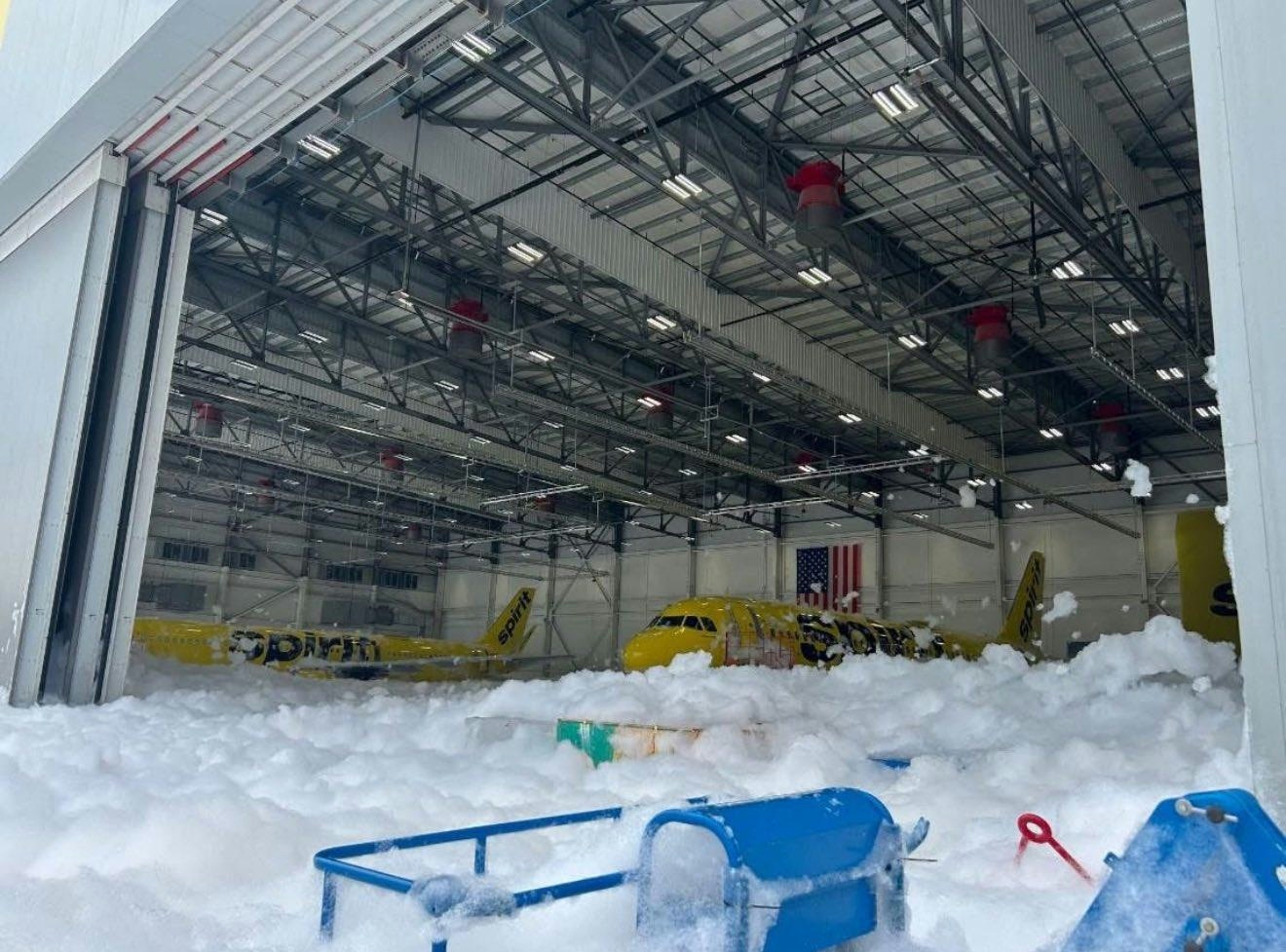
Foam Floods Spirit Airlines Hangar, Coating Jets at Detroit Airport

Magnetic Line Appoints Workforce Specialist to Enhance Hiring

Zambia Welcomes Its First Third-Party Maintenance Provider
